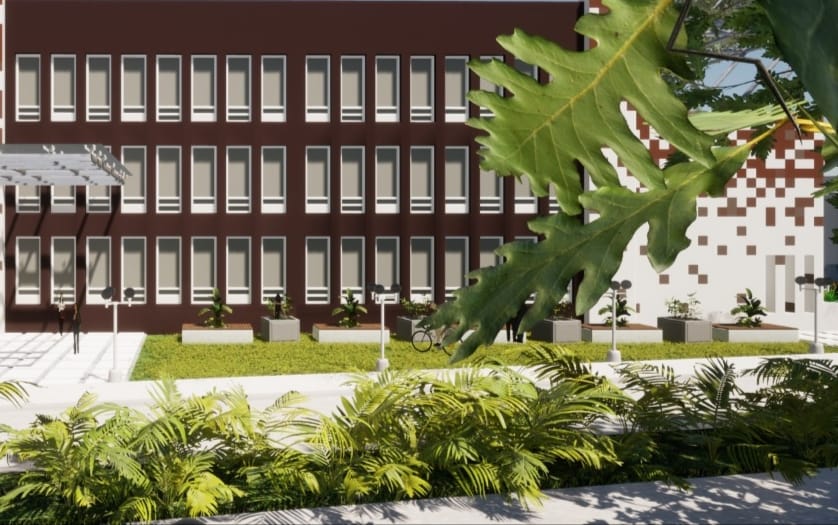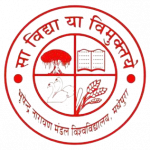Internal Quality Assurance Cell
- About IQAC
- IQAC Committee
- Meetings and Minutes
- Activities
- AQAR
- AISHE
- NIRF
- SSR
- CELL
- IIQA
- INTELLECTUAL PROPERTY RIGHTS
- Public Disclosure
- Best Practices
- Archives
As per National Assessment and Accreditation Council (NAAC) guidelines every accredited institution should establish an Internal Quality Assurance Cell (IQAC) as a post-accreditation quality sustenance measure.

Since quality enhancement is a continuous process, the IQAC becomes a part of the institution’s system and works towards realization of the goals of quality enhancement and sustenance.
The prime task of the IQAC is to develop a system for conscious, consistent and catalytic improvement in the overall performance of institutions.
Goals of IQAC
The primary aim of IQAC is
To develop a system for conscious, consistent and catalytic action to improve the academic and administrative performance of the institution.
To promote measures for institutional functioning towards quality enhancement through internalization of quality culture and institutionalization of best practices
B. N. Mandal University was established in the year 1992 and affiliated under 12 (B) of UGC Act vide Letter No.- 9-3 (929 CPP-1) dated 19th Oct, 2004. The IQAC has been constituted as per the guidelines of national assessment and accreditation council to work as facilitative and participatory unit of the university for sustaining and improving the quality of academic and research pursuits. The IQAC ensure the effective implementation quality-based initiatives through continuous reviews and periodic meetings.
The Prime Objectives of the IQAC is to:
- To develop a system for conscious, consistent and catalytic improvement in the overall performance of the institutions.
- To make a significant and meaningful contribution with all the functional units of the University and list out the quality enhancement initiatives and to take initiative in implementing the same.
- Plan strategies to minimize the deficiencies in the system and processes, which results in better quality outcome of the institutional functioning.
- Develop an evaluation system to monitor the sustenance and improvement in the overall performance of the University.
- Provide regular audit feedbacks for curriculum improvement based on the industry trends and employability of the students in the emerging sectors.
- Ensure holistic academic excellence.
Strategies adopted
IQAC shall evolve mechanisms and procedures for:
- Ensuring timely, efficient and progressive performance of academic, administrative and financial tasks.
- The relevance and quality of academic and research programmes.
- Equitable access to and affordability of academic programmes for various sections of society.
- Optimization and integration of modern methods of teaching and learning.
- The credibility of evaluation procedures.
- Ensuring the adequacy, maintenance and functioning of the support structure and services.
- Research sharing and networking with other institutions, industry and Government and Non-Government organization in India and abroad.
Functions of IQAC
- To design feedback system considering college output to adjust its performance to meet the desired output response.
- To recommend enhancing research facilities & other infrastructure.
- To recommend strategies adopted for teaching learning process.
- To conduct the internal audits, to work out the mechanism for timely, efficient and periodic progressive performance of Academic & Administrative activities on regular basis.
- Development and application of quality benchmarks/parameters for the various academic and administrative activities of the institution.
- Dissemination of information on the various quality parameters of higher education.
- Organization of workshops, seminars on quality related themes and promotion of quality circles.
- Documentation of the various programmes / activities leading to quality improvement.
- Acting as a nodal agency of the institution for quality-related activities.
- Preparation of the Annual Quality Assurance Report (AQAR) to be submitted to NAAC based on the quality parameters.
Benefits
IQAC will facilitate / contribute:
- To a heightened level of clarity and focus in institutional functioning towards quality enhancement and facilitate internalization of the quality culture
- To the enhancement and integration among the various activities of the institution and institutionalize many good practices
- To provide a sound basis for decision making to improve institutional functioning
- To act as catalyst in the institution
- To improve internal communication.

Activities
In media
BNMU गांधी जयंती समारोह 2023
Green Parade, November 2022
- AQAR Guidelines (April 2022)
- Data Template
Self Study Report (SSR) Manual
Page under construction.
Page under construction.
Page under construction.
BHUPENDRA NARAYAN MANDAL UNIVERSITY
B.N. Mandal University, Madhepura came into existence on the 10th of January, 1992 under the statutory provision of the Act of Bihar in the rural, socio economic backward , with an aim to impart higher education to the deprived section as the main population of this area.
Mob :- 8002170422 (DSW) 9431667366 (Registrar)
6204604539 (Exam. Cont.)



